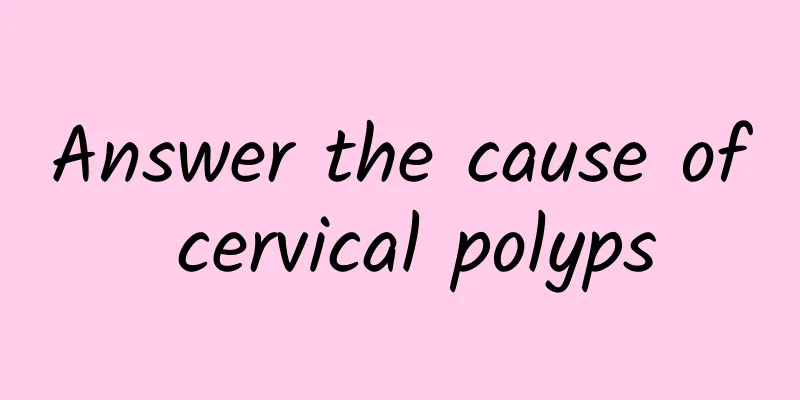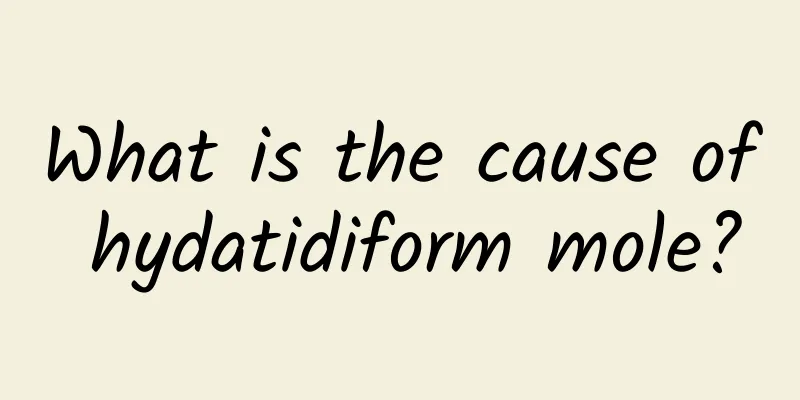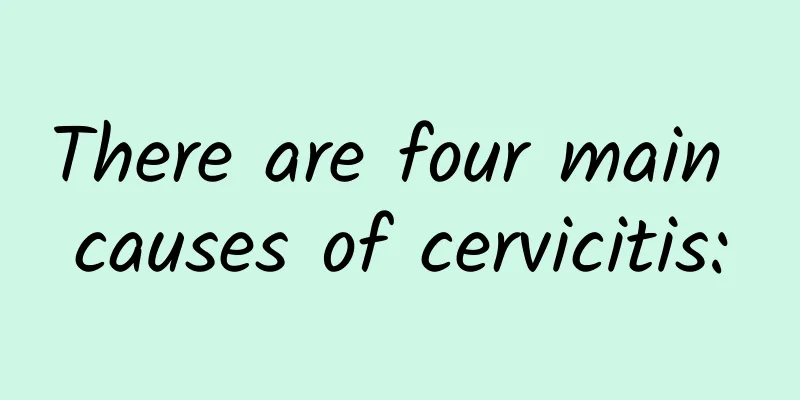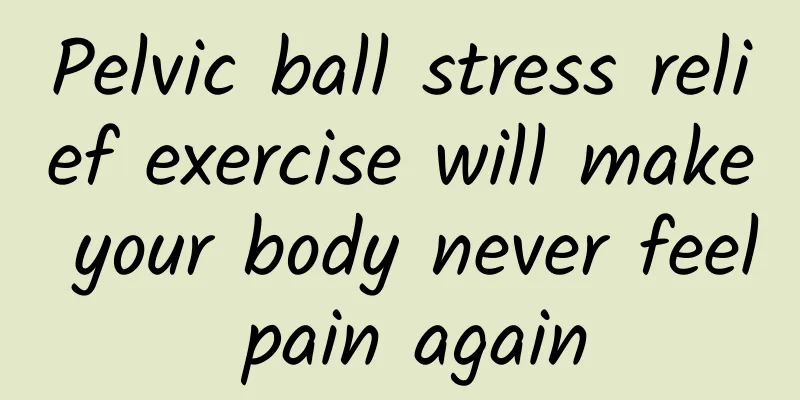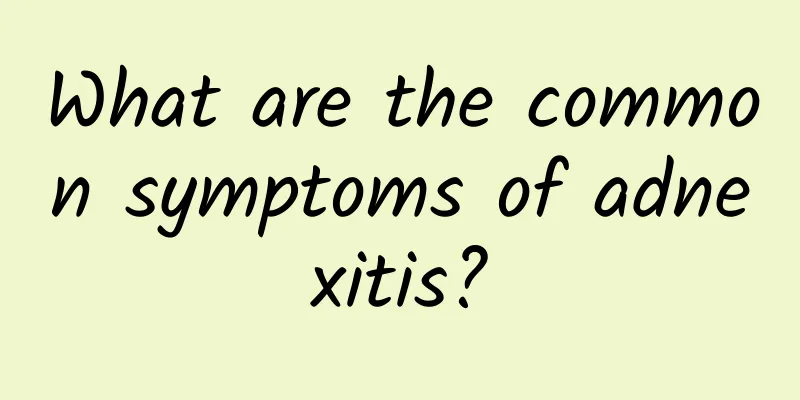Relaxation of food radiation limit: Consumers' Foundation urges Department of Health to clarify
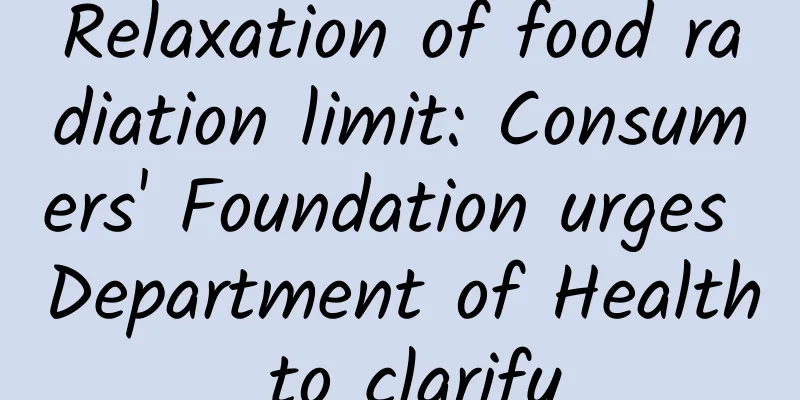
|
In response to the revised draft of the "Safe Limits of Radiation or Radioactive Energy Contamination in Food" recently announced online by the Food and Drug Administration of the Department of Health, Executive Yuan, which plans to relax the limits of cesium 134 and cesium 137, consumer protection groups questioned that Japan has gradually lowered the allowable radiation levels in food since 2011, but the Department of Health has gone the other way and relaxed restrictions. Will this allow food with radiation levels higher than the current standards to be imported into the country? Su Jinxia, chairman of the Consumers' Foundation, said that it makes no sense that Japan is revising its food radiation standards but our Department of Health is planning to relax them. (Photography by Luo Huiwen) On June 29, the Food and Drug Administration of the Department of Health announced online the draft amendment to the "Safe Tolerable Levels of Radiation or Radioactive Energy Contamination in Food", which is expected to significantly increase the allowable level of cesium 134 and cesium 137 in food from the current 370 becquerel/kg to 600 becquerel/kg, revise the limits of iodine and cesium in dairy products, baby food and general food, and add other radioactive nuclides. If no one expresses objection within 60 days after the announcement of the draft amendment, it will be implemented directly. In response to this, the Consumers Foundation of the Republic of China said today that due to the impact of the Fukushima nuclear disaster, Japan announced on October 28, 2011 that it would reduce the annual radiation limit of radioactive cesium in food from 5 millisieverts to 1 millisievert as stipulated by the Codex Alimentarius Commission. Ling Yongjian, a member of the Consumer Foundation's Inspection Committee and professor of the Department of Chemistry at Tsinghua University, further stated that in April 2012, Japan divided food into four categories: drinking water, dairy products, baby food and general food, and stipulated that the safe allowable amount of cesium in drinking water should not exceed the WTO's 10 becquerels per liter, and general food should not exceed becquerels per kilogram. For children's products that are more sensitive to radiation, including dairy products and baby food, the limit standard was lowered to 50 becquerels per kilogram. The Consumers' Foundation questioned that while Japan is lowering its food radioactive nuclide limit standards, the Department of Health is planning to increase the domestic "commodity radiation limit standards" for cesium 134 and cesium 137 from the current standard of 370 becquerel/kg to 600 becquerel/kg. Is it expected that foods with higher radiation limits than the current standards will be imported into the country? In addition, Su Jinxia, chairman of the Consumer Foundation, said that the Fukushima nuclear disaster in Japan not only affected the country, but also 15 bluefin tuna with trace amounts of cesium 137 and cesium 134 were found near San Diego, California, on the other side of the Pacific Ocean in August 2011. The radiation contamination concentration was 10 times that of bluefin tuna caught off the coast of California in previous years. Compared with the United States, Taiwan, which is closer to Japan, should pay more attention to the issue of food radiation contamination. Cesium is very harmful to the human body, especially cesium 137, which has a half-life of up to 30 years. It can easily expose tissues to β and γ radiation and increase the risk of cancer. Su Jinxia believes that at a time when Japan is reducing its food radiation standards, there is no reason for the Department of Health to relax the standards, and the Department of Health should refer to Japan and set stricter limits on dairy products and baby food to ensure the protection of children. |
<<: Avocado is highly nutritious and has many ways to eat it.
Recommend
Will I have menstruation if I have an ectopic pregnancy?
Whether or not an ectopic pregnancy will cause me...
How to treat women during menopause
How to treat women in menopause? This is a questi...
What tests should women with habitual miscarriage do?
Habitual miscarriage refers to two or more consec...
Body Sculpting Tutorial - Slimming Arms and Triceps Stretch
The hot summer is here, and many girls have throw...
Can patients with cervical precancerous lesions eat fish?
Patients with cervical precancerous lesions will ...
Why are cervical warts so scary?
On the surface, cervical warts may not be particu...
What are the hazards of missed abortion? Timely treatment is needed
Missed abortion can cause harm to women's bod...
What are the causes of ovarian cysts in women?
Ovarian cysts are a familiar disease to many wome...
Can eating crabs help you lose weight? Rich in protein, helps burn fat
The brightly colored orange-red crabs are everywh...
What happens if uterine fibroids compress the bladder during pregnancy?
A few months into my pregnancy, I went to the hos...
How to effectively prevent adnexitis?
Someone once said that healthy people are not awa...
Get rid of back pain and slim belly! Fitness coaches recommend 3 chair exercises to strengthen core muscles
Are you also a sedentary person? People who sit f...
Can pelvic effusion be cured?
Can pelvic effusion be cured? The answer is yes. ...
If you have habitual miscarriage, you should go to the hospital for examination in time. What are the examination methods?
Habitual miscarriage is mainly a situation where ...
How to diagnose and treat severe cervical erosion
How to diagnose and treat severe cervical erosion...


